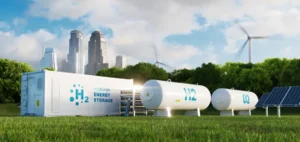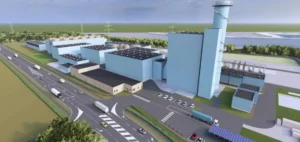The European Union is going to finance renewable hydrogen in a project led by the Enel Green Power and Saras groups. Located in Sardinia, it will benefit from public funding within the framework of the IPCEI Hy2Use. The initiative supports the best hydrogen-related projects.
A European financing mechanism
The European Union formalizes its second project under the Important Projects of Common European Interest (IPCEI). Called “IPCEI Hy2Use”, it allows states to fund projects beyond the limits set by legislation. With €5.2 billion in public funding, this project involves 13 Member States and the European Union.
The European Union wants to support 35 projects planned by 29 companies, including Italy. Thus, four Italian companies admitted will receive a total of €500 million. The selected projects concern hydrogen infrastructure, a segment in which Enel Green Power and Saras operate.
SardHy Green Hydrogen wins funding
Born from a joint project between Enel Green Power and Saras, SardHy Green Hydrogen obtains funding from the European Union. The initiative should see the company install a 20 MW electrolyser on the Sarroch industrial site. The facility, powered exclusively by Enel Green Power’s renewable energy, will be used to produce renewable hydrogen for the Saras refinery.
The objective is to reduce the carbon footprint in the various refining processes. For Salvatore Bernabei, CEO of Enel Green Power, obtaining EU funding is a good indicator:
“While being listed as a recipient of European Union funds is always a source of pride, being one of the recipients of IPCEI Hy2Use support confirms that the path we are following is the right one.”
Thus, as the energy crisis continues to plague the European Union, investing in renewable hydrogen seems to be a serious option.






















